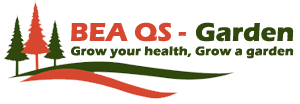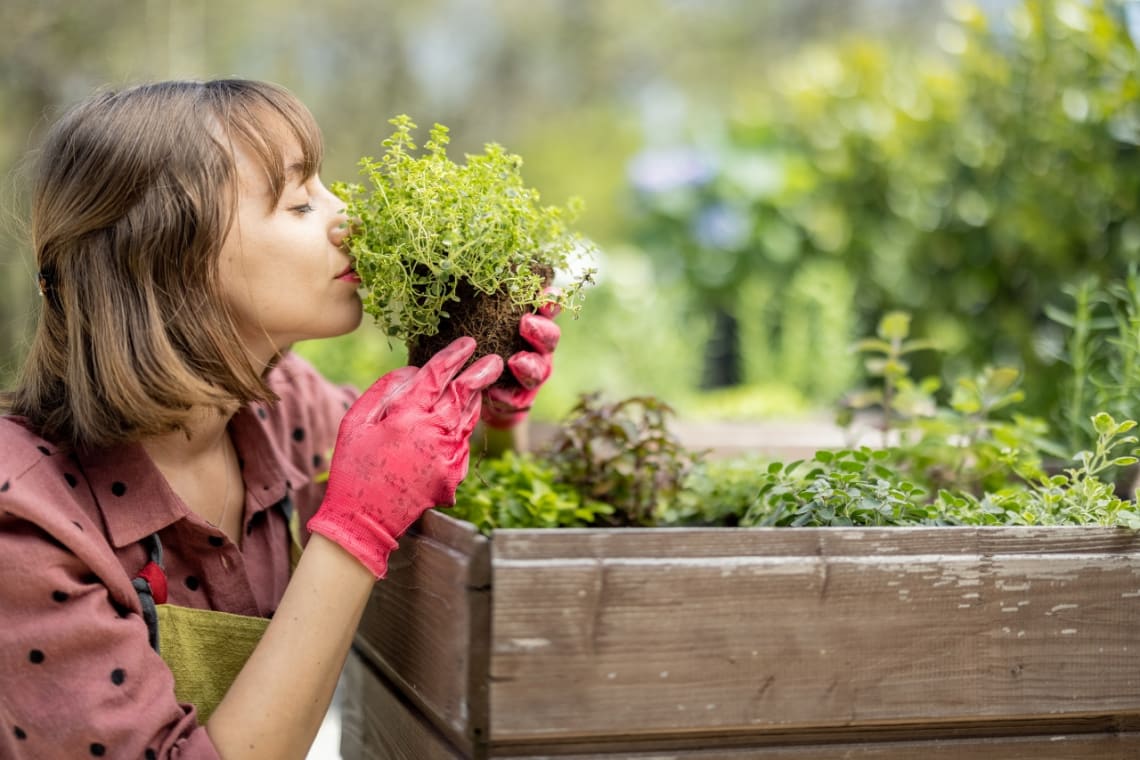A collection of tips on how to begin gardening makes the perfect starting point for a beginner to emerge and hopefully begin growing their own plants in A much smoother manner. Below is just such a collection that will hopefully assist the eager novice into eventually becoming a pro when it comes to gardening.
Select plant types that will bring a higher profits and yield. Many times, hybrid plants tend to resist disease, and tolerate the cold weather better than their traditional counterparts, resulting in higher yields.
If you are planting vegetables, choose varieties that don’t require processing in order to keep. For example, sweet potatoes and onions will keep for months as long as they are kept cool and dry, without any additional work on your part. This reduces the amount of time you have to spend after harvesting.
Plants should be protected from cold weather. During winter time, the cold can present dangers to plants, either by freezing the water in their stems or forming sharp ice crystals which may sever or puncture important organs. Tomatoes, in particular, are very susceptible to the frost and should be moved to a warmer indoor climate, or covered outside with frost-resistant cloth.
Fertilize the soil you are going to plant in three weeks before planting. By doing this, you are helping the soil improve its ability to retain nutrients and water, which are especially important for new plants. There are many fertilizers from which to choose at your local gardening store.
When your summer blooms have bloomed and faded away, remember to dead-head the flowers. This means pinching off the flower heads. This will encourage new flowers to bloom longer next year, and it will also strengthen the plant. Since the flower heads have seeds, you can also save the flower heads that you have pinched off for planting at another time.
Not only is gardening a great way to grow your own food, but you can also grow your own drink. You can grow apple mint to make a delicious tea or rhubarb stalk to make a tart alternative to lemonade. You should also can or freeze your berries and fruits to make them into soda, hard cider, or wines.
If you are gardening in containers, be sure each container has a drainage system to prevent water from pooling. Lining the bottom of a container with small rocks or pebbles can also help with water drainage for container gardening. Allowing water to sit for extended periods can rot the root system of your plants.
A wonderful treat for your indoor houseplants is to take them outside periodically and let them bask in the glory of a summer rainstorm. You will be treating them to higher humidity and longer hours of daylight that far surpasses the stale conditions they may be getting indoors! You will want to minimize too much direct sunlight and make sure your plant containers have good drainage holes so that extra rainwater doesn’t collect to cause root rot. Some quality time in the outdoors will pay off with lush, healthy plants year-round!
Well, hopefully the aforementioned collection of tips was enough to give you a great start on what to do and expect when it comes to growing your own plants. This collection was carefully constructed to be an aid in your arsenal so that you can begin to hone your gardening skills into growing healthy plants.





